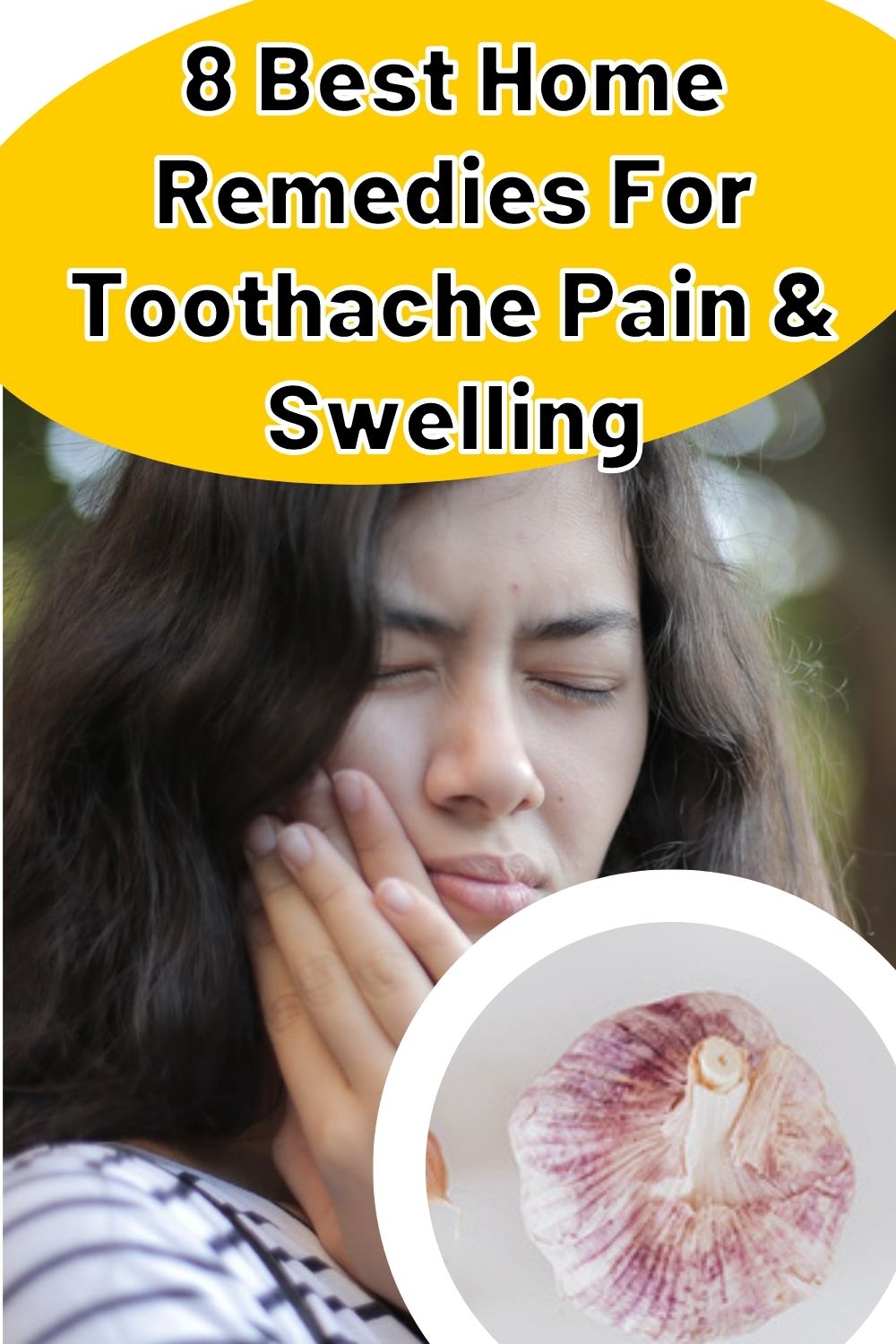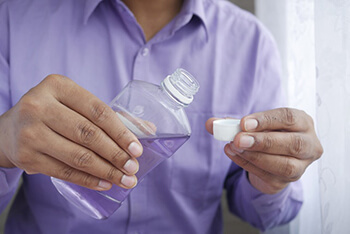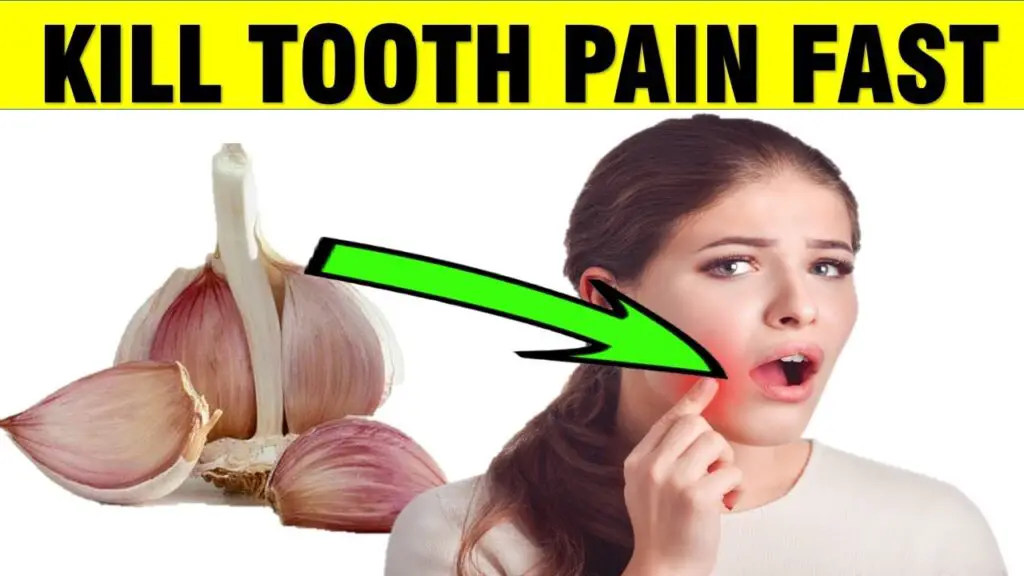Toothache can be incredibly uncomfortable to deal with. It can make eating and drinking your favorite food and drinks unpleasant, and cause problems with your day-to-day routine.
Toothache is typically caused by tooth decay, gum disease, or trauma to the teeth. In this article, you'll find some of the causes of tooth ache, and the home remedies that can be used to help relieve pain from tooth ache.
Causes of Toothache

Toothache is a painful problem that is typically accompanied by swelling around the tooth and gums, as well as fever, headache, and a bad taste in the mouth. Toothache can come in many forms, but typically feels like a sharp, constant pain in the tooth.
Read on for some of the common causes of toothache.
Tooth Decay
Tooth decay happens in different stages, each with varying levels of severity. It's important to identify tooth decay early on to prevent serious damage to the teeth and gums.
Stage 1
Stage 1 of tooth decay is known as demineralization. In this stage, the enamel loses the minerals that protect its surface. This loss of minerals is caused by plaque on your teeth. The clearest sign of stage one tooth decay is a white spot appearing in the center of your tooth.
Stage 2

Stage 2 occurs when the enamel on your teeth is broken down. The white spot seen in stage one begins to turn brown. This is a worrying sign that you may have a cavity forming on your tooth, and you'll need to speak to your dentist as soon as possible.
Stage 3
If your dentist fills your tooth in stage 2, nothing further will happen. However, without dental support, your tooth decay will progress to stage 3: decaying dentin. Dentin is a material found underneath the enamel, and is sensitive to damage from plaque acids. As dentin also leads to nerves within the tooth, decaying dentin may cause sensitivity in the teeth, especially when you're eating or drinking something cold.
Stage 4
Stage 4 of tooth decay takes place further past the dentin in the inner part of your tooth. This layer is called the pulp, and is made up of nerves and blood vessels. When the pulp gets damaged, swelling can occur, which causes throbbing pain.
Stage 5
With the layers of the teeth weakened, bacteria can reach the pulp of your tooth, causing an infection. This infection is known as an abscess, and can cause pain, fever, swollen lymph nodes, and swollen gums.
In this case, you'll need root canal treatment to prevent the infection from spreading into your body further.
Stage 6
Stage six, the final stage of tooth decay, is tooth loss. This occurs when the infection is too serious to treat, and a root canal won't fix the problem. Removing the tooth is typically a final solution for people experiencing tooth decay.
Gum Disease
Our gums can be affected by gingivitis and periodontitis, both of which can cause toothache. Gingivitis is caused by trapped food and plaque along your gum line. If gingivitis is untreated, the gums can separate from the teeth and cause further problems.
Let's look in more detail at the three stages of gum disease.
Early Stages
Periodontitis begins with gingivitis, but becomes progressively worse over time. After the gums pull away, there's a potential for bone loss.
Moderate Periodontal Disease
In the moderate stage of periodontal disease, your teeth may become loose, and you'll probably experience bleeding and pain in the gum line and teeth. The area will be inflamed due to infection.
Advanced Periodontal Disease
In the advanced stages, painful abscesses develop and deteriorate the gums. You'll experience symptoms such as tooth pain, bad breath, and jaw pain. An abscessed tooth will need to be removed or treated by a dentist.
Fractured or Damaged Tooth
A fractured tooth can occur from trauma to the teeth, and is another common cause of toothache.
If you experience pain when your tooth is exposed to iced or hot food, there's pain when you chew, and the pain is temporarily relieved when you relieve pressure on the tooth, it might be that your tooth is fractured.
Minor chips or damage in your tooth shouldn't cause pain, but if you've experienced damage to your teeth, no matter how small, it's wise to seek advice from your dentist.

Remedies for Toothache
Now we know some of the common causes of toothache, it's worth knowing how to treat a painful tooth at home.
There are many at-home remedies that can reduce toothache pain. You should visit a dentist if you're experiencing prolonged toothache to rule out serious infections or cavities. However, if your toothache is due to sensitivity and you're maintaining proper hygiene practices, the below remedies should be helpful.
Saltwater Rinse
Saltwater is commonly used for treating infections, thanks to its antibacterial properties. A saltwater rinse can help reduce inflammation and dislodge food particles stuck in your gums, preventing gingivitis. Saltwater can also help keep the inflamed area clean.
To use saltwater to help relieve a toothache, add a teaspoon of salt to a glass of warm water. Use this as you would a normal mouthwash or rinse, and repeat as needed.
Cold Compress

A cold compress can help numb the area of the mouth that's causing your toothache, and help to reduce swelling in your gums. For this remedy, you'll need an ice pack wrapped in a damp towel.
Apply the towel to the side of your mouth that's experiencing the pain. Hold the icepack to your jaw for ten to twenty minutes, and repeat every few hours to numb the area and keep the swelling down. You shouldn't directly press the ice pack against your face without a towel in between, as this could cause an ice burn.
Hydrogen Peroxide Rinse

Hydrogen peroxide is an effective disinfectant that you can use to reduce the bacteria in your gums that may be causing infection. A hydrogen peroxide rinse can also work well in treating tooth pain.
To make a hydrogen peroxide rinse, combine three parts hydrogen peroxide with one part water. Then, as with the saltwater rinse, swish the solution around your mouth, as you would with a typical mouthwash. Make sure you don't swallow any of the solution, as hydrogen peroxide can be dangerous if ingested.
Peppermint Tea

Peppermint tea isn't just a soothing afternoon pick-me-up - it can also help relieve pain in an aching tooth. Peppermint tea contains antibacterial properties that can help fight infections in the mouth that may be causing a toothache.
Studies have found that peppermint can effectively cool and numb painful areas, making it useful for reducing toothache symptoms.
To use peppermint tea to reduce pain, soak a couple of tea bags in warm or cold water. Apply a tea bag to the affected tooth and leave it for a few minutes. To numb pain in your mouth, you can freeze the teabag before applying it to the affected area.
Garlic

Garlic has antibacterial properties thanks to a unique ingredient it contains, known as allicin. It works well to get rid of harmful bacteria that may be residing in your mouth and causing tooth pain.
To use garlic as a natural remedy for a sore tooth, apply crushed garlic directly to your tooth. Alternatively, if you can stand the taste, you can chew on a clove of raw garlic. If you're going to try this remedy, make sure you use freshly crushed raw garlic, as this is the only way to access the allicin.
Clove Oil
Eugenol, which is found in clove oil, is a natural antiseptic that can relieve toothache and inflammation in the gums.
To use clove oil for treating an aching tooth, add a few drops of the to a cotton ball and rub it over the affected area.
Olive Oil

Olive oil is another oil that can be effective in treating toothache, as its phenolic compounds are capable of reducing inflammation.
To use olive oil to relieve pain from toothache, lightly dip a cotton ball into the oil and apply it to the sore area. Repeat this a few times a day.
Wheatgrass
Wheatgrass and wheatgrass juice can both be used as a home remedy, as they can target inflammation in the mouth and help with toothache relief. The chlorophyll in wheatgrass can reduce bad bacteria, too.
You should use wheatgrass juice as you would a mouthwash, and swirl it in your mouth for thirty seconds to one minute. Repeat as needed.
Conclusion
Natural remedies like salt water, hydrogen peroxide, clove oil, and garlic can work well to soothe toothache pain by reducing swelling in the gums and even killing bacteria in the mouth.
If you're experiencing toothache, it's important that you continue to practice good dental hygiene. Brush your teeth twice a day, floss to loosen food particles from your gums, and use a mouthwash in between brushes.
Good dental care can prevent further infections in your mouth, gums, and teeth. These infections can cause toothache to become worse, and may mean that you'll need to get your tooth removed.
Home remedies are effective in relieving pain while you're waiting to see your dentist. Numbing the area with a compress can provide temporary pain relief. Of course, home remedies are only suitable as a short-term measure, and it's important that you book an appointment with your dentist if you experience any kind of tooth pain. This can prevent the problem from escalating and potentially resulting in expensive dental treatment, or worse - tooth extraction.

